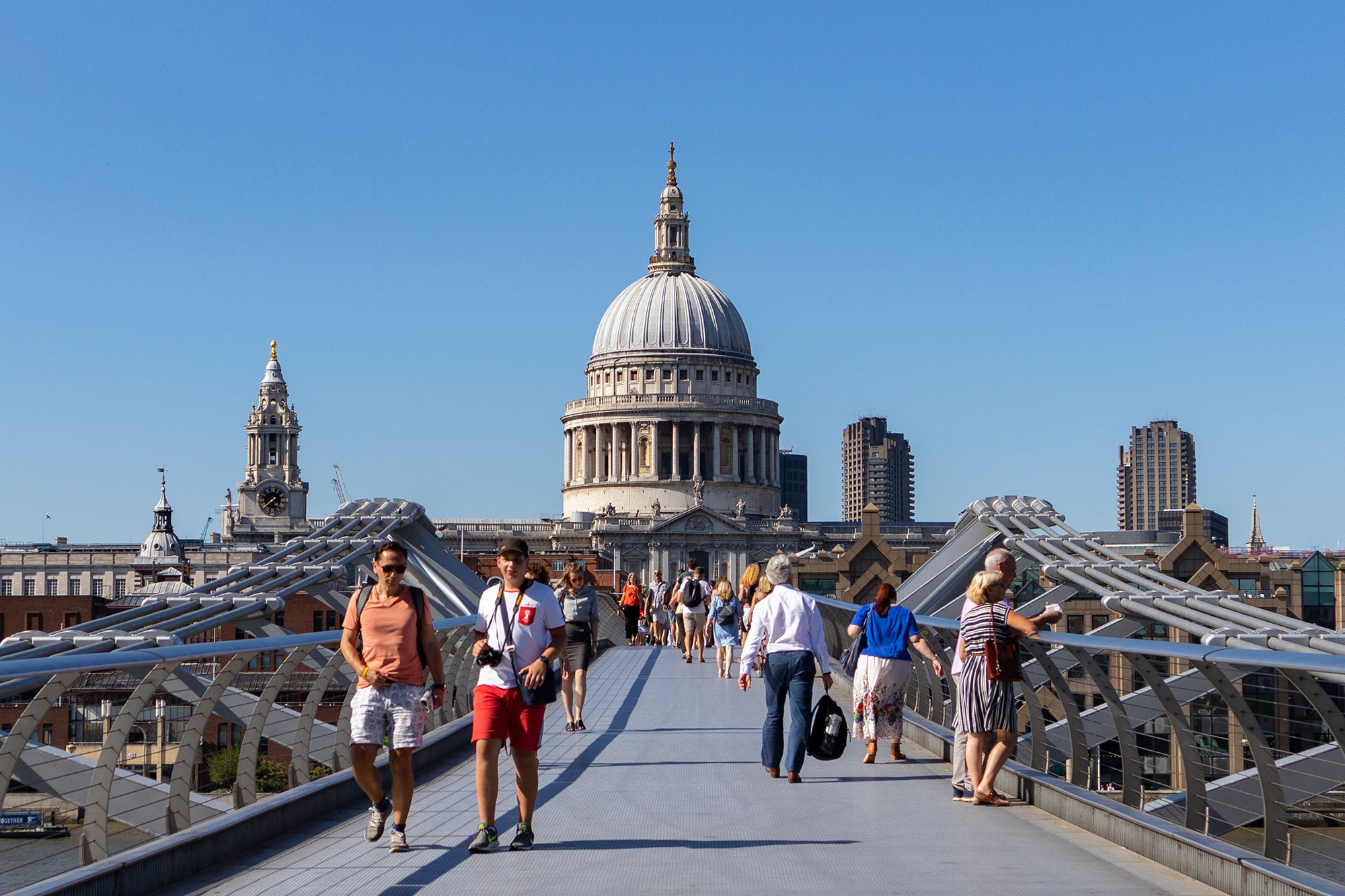Bankside has it all – a central location, growing transport links, a lively cultural scene and a growing reputation as a business hub, making it a safe bet when investing in property.
Situated on the South Bank of the Thames and stretching from London Bridge to Blackfriars Bridge, Bankside has changed beyond recognition in the last decade, buzzing all year round with festivals, street markets and an ever more eclectic range of restaurants. Old waterfront warehouses have morphed into cool, contemporary apartment blocks and the skyline is punctuated by gleaming new towers whose designer flats draw high-earning millennials and culture-seeking downsizers. Both are buying into the luxury of being within walking distance of workplaces and cultural hubs.
Also migrating to the area are companies of all sizes, from creative start-ups to global media giants including Ogilvy and Omnicom, and consultants EY and PwC. “Bankside has many attributes that appeal to businesses, from the excellent transport links to the cultural offer and amenities,” comments Nicole Gordon, deputy CEO of Better Bankside, the local Business Improvement District that sees 700 local firms paying an annual levy that is reinvested in schemes to enhance their working and living environment.
it’s right in the centre of London, but it’s a genuine neighbourhood where residents, tourists, business and culture intermingle.

Bankside’s transformation has been impressive, but it’s far from complete. There are the large-scale regeneration schemes, such as the £300 million revamp of the old Vinopolis site into a retail hub of 30 or so new units, including an Everyman cinema and the Manhattan-inspired Low Line, which will open up the mighty Victorian viaducts that criss-cross the area, creating a world-class walking destination for London, with new places to work, be entertained and public spaces to enjoy.
More human-scale micro projects, too, are subtly enhancing daily life in Bankside. Old parking spaces are being turned into small, green ‘pocket parks’ and locals are encouraged to get cycling by borrowing free Brompton bikes available to local businesses to go north to King’s Cross or south to Elephant & Castle along the brand new Cycle Superhighway 6.
This being busy, urban central London, clean air is a big issue. Armed with a £200,000 grant to deliver a low-emission neighbourhood, Better Bankside is encouraging people to improve their health by avoiding the area’s busiest arteries, taking ‘lower exposure routes’ down historical backstreets and through cobbled courtyards. “We are creating points of interest in these backstreets to draw people away from the main streets, such as converting skips into metal box gardens,” says Gordon.
With all its vibrancy and innovation, you could be forgiven for thinking that Bankside is essentially a new-build neighbourhood – a modern cultural and commercial creation wrapped around its transformed transport hub, London Bridge station, whose £220 million refurbishment was completed in early 2018.

“It has always been a place of industry, thanks to its proximity to the Thames – a major trading route – and it has always had a sense of otherness,” Gordon comments. “It’s right in the centre of London, but it’s a genuine neighbourhood where residents, tourists, business and culture intermingle.”Bankside’s central location, emerging wealth and opportunities mean this corner of SE1 is now considered part of Prime Central London in the property industry. One in five transactions for new-build flats here in the first quarter of 2018 sat within the £2 million-£5 million price band – a bracket that has been growing since 2013 and saw a 24 per cent rise in 2016, according to estate agency Cluttons. Unlike more established areas of Prime Central London, there is still potential value growth to be found in its property stock. According to ONS, the population in this corner of the capital is also set to grow by 12 per cent in the next decade.
The area’s working population is generally wealthy, well-educated young professionals with a cosmopolitan outlook and the disposable income to enjoy the restaurants, clubs, galleries and gyms on their doorstep.
Bankside is bang in the centre of London, with Tower Bridge’s turrets and the City’s financial towers as its backdrop, and easy connectivity means residents can reach the city’s other hotspots in no time. “You can get to the West End, Mayfair and the City in minutes,” says developer Josh Chadd. “Blackfriars station has been improved in the last few years, and you can even reach the O2 in Greenwich direct on the Jubilee Line. Two train stops and you’re in Farringdon where Crossrail will soon open, bringing additional connectivity.”
Bankside is a place where connectivity, culture, creativity and commerce come together. That’s a winning combination for anyone looking to make a canny long-term investment in property. Look no further for a London district ripe with opportunity.